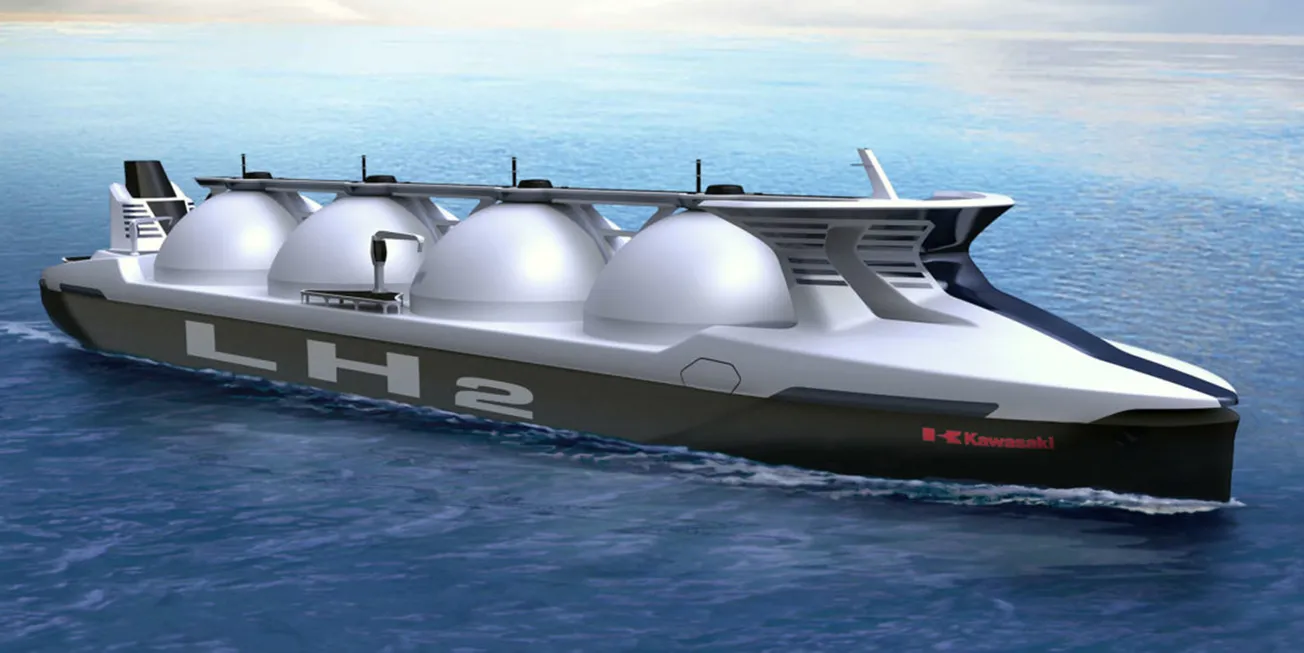Table of Contents
The green dragon poisons everything it touches. You might think that a usually sensible nation like Japan would be largely immune to the pie-in-sky hysteria of green delusion. Think again.
Like too many nations, Japan has fallen for the chimaera of “carbon neutrality”, which will almost certainly have the same result it has everywhere else: massive cost for little or no gain. Despite the snake-oil hucksterism of its advocates, “renewable” energy remains disastrously expensive and often little better than the wicked fossil fuels it tries to replace.
Japan’s new 2050 deadline for carbon neutrality has thrown a spotlight on its efforts to find new, greener fuel options, including an ambitious but controversial liquid hydrogen venture.
In some ways, hydrogen might seem attractive to Japan, with little in the way of its own energy resources. The reality, though, is that hydrogen doesn’t improve its lot.
Japan has few fossil fuel resources and relies heavily on imported liquefied natural gas (LNG), coal and nuclear power, which has been curtailed since the Fukushima meltdown in 2011.
The mountainous, natural disaster-prone country is struggling to ramp up its renewable energy production, and is therefore investigating a variety of fuel alternatives.
It has invested heavily in hydrogen, which produces only steam and no carbon dioxide when burnt, making it the focus of some interest.
Firstly, water vapour is an even more potent greenhouse gas than carbon dioxide. Secondly, while no carbon dioxide is released when hydrogen is burnt, plenty is released when it is made.
Japan produces some hydrogen domestically, but its expensive and limited – and produced using fossil fuels.
The HESC is an experiment to see whether Japan can establish a durable supply of liquid hydrogen from Australia, to be burned to generate electricity.
The hydrogen will be produced and liquefied in the Australian state of Victoria, where it will be extracted from a type of coal known as lignite.
This so-called brown coal currently effectively lacks a market.
That’s because lignite – brown coal – is one of the dirtiest forms of coal around. The only way this project could be less green would be if it burned peat. Still, Victoria’s lignite reserves are massive and cheap. But the idea that the hydrogen so produced is “green” is the grand-daddy of all lies.
Every ton of hydrogen produced from coal emits 20 tons of carbon dioxide, more than double the carbon dioxide emissions created when hydrogen is produced from natural gas.
Then there’s the matter of getting it to Japan. Hydrogen has a nasty propensity to go boom – just look at the Hindenberg – and transporting it is expensive and energy-intensive.
If the tests are successful by 2022 or 2023, the project will be extended and will enter a commercial phase after 2030. A new terminus in Japan will then be built, along with larger ships.
But the process is complicated. To be transported by sea as a liquid, hydrogen needs to be cooled to minus 253 degrees Celsius (minus 423.4 degrees Fahrenheit) — an expensive process that uses a lot of energy.
Energy produced… guess how?
Sure, nuclear power is a hell of a way to boil water, but producing using some other form of inefficient, expensive “renewable” energy, if at all feasible, seems even more arse-about. The maths is very clear that renewables cannot conceivably replace our current energy consumption, so frittering it away on expensive hydrogen fuel is crazy, even by green standards.
Even green groups can see where this is going: to be at all feasible, the hydrogen will be produced using low-grade brown coal, then slapped with a fake “green” sticker.
If you enjoyed this BFD article please consider sharing it with your friends.









